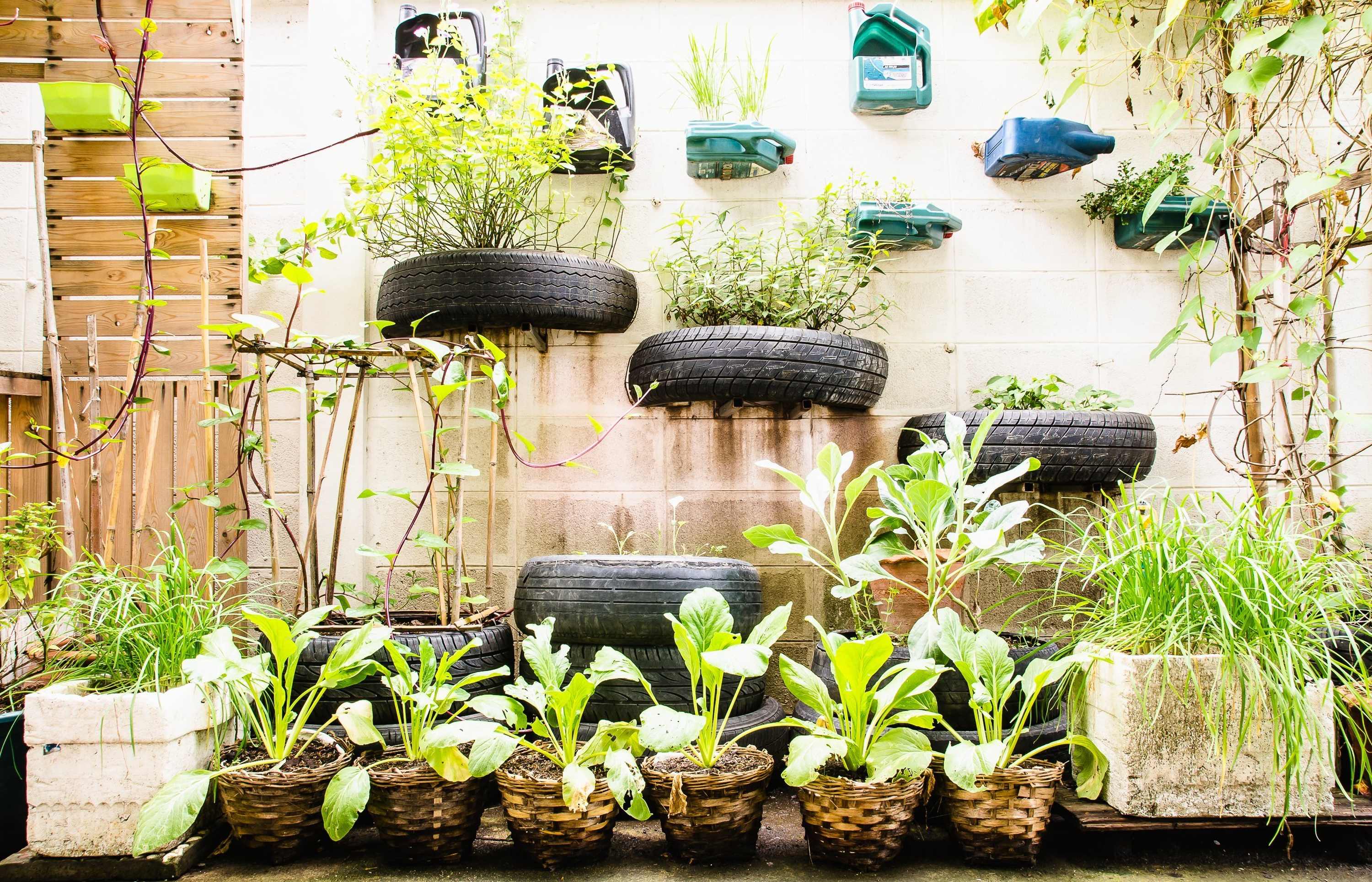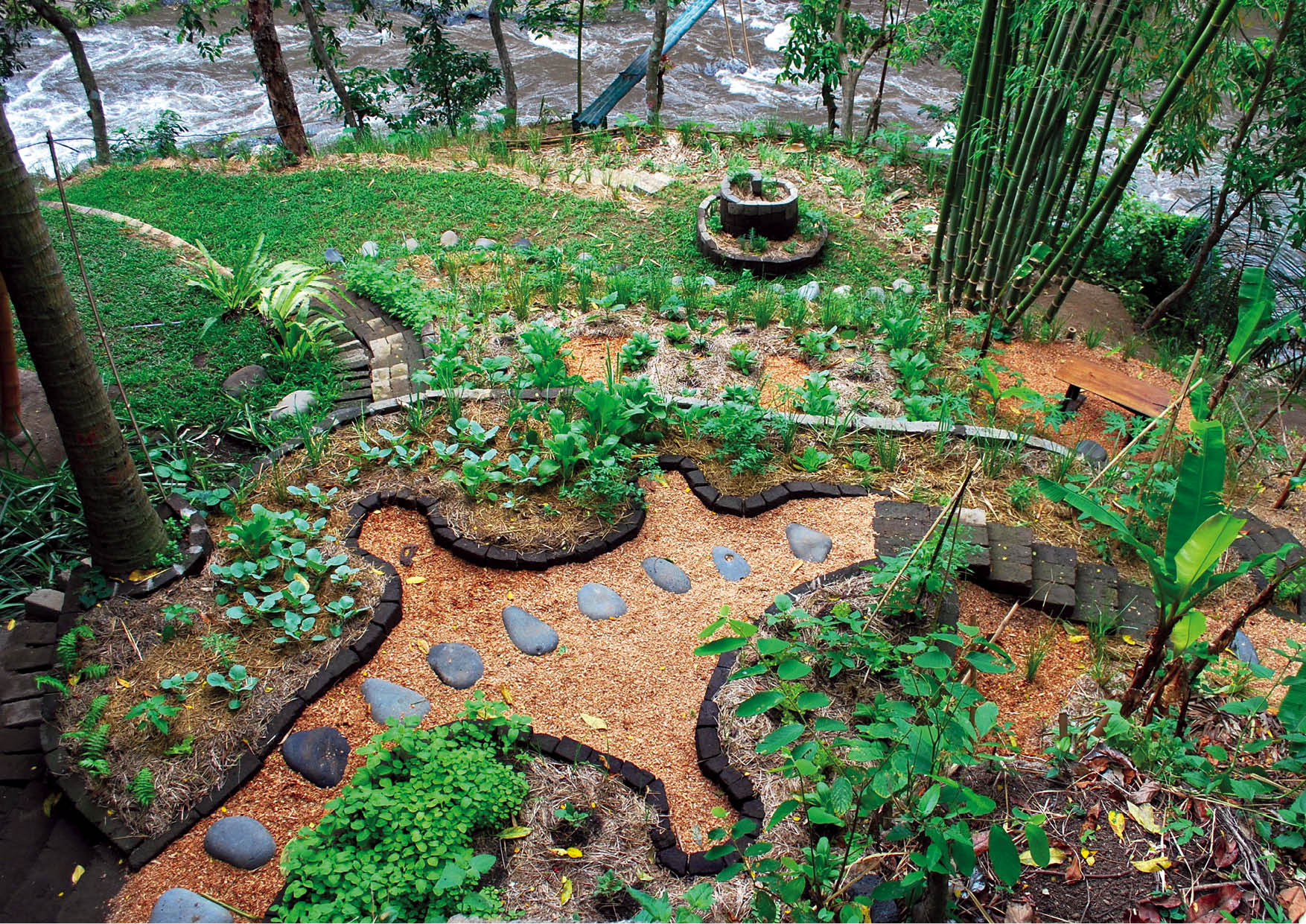Transform Your Yard: Top Edible Landscaping Ideas for Home Gardeners
Imagine stepping into your backyard and being greeted by a lush, vibrant landscape that not only pleases the eye but also nourishes the body. Welcome to the world of edible landscaping, where beauty and functionality merge to create a sustainable and rewarding garden experience. Whether you're a seasoned green thumb or a novice just dipping your toes into urban gardening, this guide will inspire you with top edible landscaping ideas to transform your yard into a bountiful oasis.
What is Edible Landscaping?
Edible landscaping is the art of integrating food-producing plants into your garden design. It's about creating a space that is both aesthetically pleasing and productive. Think of it as a permaculture design that combines the best of both worlds—the beauty of ornamental plants with the practicality of vegetable landscaping.
Why Choose Edible Landscaping?
Health Benefits
Growing your own food ensures that you have access to fresh, organic produce. You know exactly what goes into your soil and onto your plants, giving you peace of mind about the quality of your food. Plus, gardening is a great form of exercise and stress relief.
Environmental Impact
Edible landscaping contributes to a more sustainable lifestyle. By growing your own food, you reduce your carbon footprint by minimizing the need for transportation and packaging. It's a small step towards a greener planet.
Cost Savings
Who doesn't love saving money? Growing your own fruits and vegetables can significantly reduce your grocery bills. Plus, you get the satisfaction of knowing that you're eating food you've grown yourself.
Top Edible Landscaping Ideas for Home Gardeners
Vegetable Landscaping: Beyond the Traditional Garden
Gone are the days when vegetables were confined to neat rows in the backyard. Today, vegetable landscaping is all about integrating edible plants into your existing garden design. Think of vibrant lettuce leaves nestled among your flower beds or colorful peppers adding a pop of color to your borders.
Tips for Successful Vegetable Landscaping
- Choose the Right Plants: Opt for vegetables that are both beautiful and productive. Leafy greens, colorful peppers, and vibrant beets are great choices.
- Companion Planting: Pair vegetables with complementary flowers and herbs to create a harmonious ecosystem. For example, marigolds can deter pests from your tomato plants.
- Vertical Gardening: Make the most of your space by growing vegetables vertically. Use trellises for beans and cucumbers, or hanging baskets for herbs and lettuce.
Fruit Tree Placement: The Sweet Spot in Your Garden
Fruit trees are a wonderful addition to any edible landscape. They provide shade, beauty, and of course, delicious fruit. But where should you place them?
Strategic Fruit Tree Placement
- Sunlight: Ensure your fruit trees get plenty of sunlight. Most fruit trees need at least 6-8 hours of direct sunlight daily.
- Space: Give your trees enough room to grow. Dwarf varieties are great for smaller yards, while standard trees need more space.
- Pollination: Plant trees that can cross-pollinate each other. This ensures a better yield and healthier trees.

Herb Garden Ideas: A Fragrant Addition
Herbs are not only delicious but also add a fragrant touch to your garden. They are versatile and can be grown in various settings, from pots to dedicated herb gardens.
Creative Herb Garden Ideas
- Container Gardening: Grow herbs in pots and place them on your patio or balcony. This is perfect for urban gardening where space is limited.
- Herb Spirals: Create a permaculture-inspired herb spiral. This not only looks beautiful but also provides different microclimates for various herbs.
- Edible Borders: Use herbs like rosemary, thyme, and lavender as borders around your flower beds. They add a lovely scent and visual interest.
Permaculture Design: Sustainable and Beautiful
Permaculture design focuses on creating a self-sustaining ecosystem in your garden. It's about working with nature rather than against it.
Elements of Permaculture Design
- Zoning: Divide your garden into zones based on how frequently you visit them. High-maintenance plants should be closer to the house.
- Water Management: Use rainwater harvesting and drip irrigation to conserve water.
- Composting: Turn your kitchen scraps into nutrient-rich compost for your garden.

Edible Flowers: Beauty You Can Eat
Did you know that many flowers are edible? They add a pop of color to your salads and a unique flavor to your dishes.
Popular Edible Flowers
- Nasturtiums: These vibrant flowers have a peppery taste and are great in salads.
- Calendula: Also known as pot marigold, these flowers have a slightly bitter taste and are often used in teas.
- Borage: These star-shaped flowers have a cucumber-like taste and are beautiful in drinks.
Getting Started with Edible Landscaping
Ready to transform your yard into an edible oasis? Here are some steps to get you started:
- Plan Your Garden: Sketch out a rough plan of your yard and decide where you want to place your edible plants.
- Choose Your Plants: Select a variety of fruits, vegetables, and herbs that you enjoy eating and that will thrive in your climate.
- Prepare Your Soil: Ensure your soil is rich in nutrients. Composting and using organic fertilizers can help.
- Plant and Nurture: Plant your seeds or seedlings and provide them with the care they need to grow.
Conclusion
Transforming your yard into an edible landscape is not just a rewarding hobby; it's a step towards a healthier, more sustainable lifestyle. From the vibrant colors of vegetable landscaping to the sweet scents of herb gardens, every element adds beauty and functionality to your space. So, why not take the first step today? Your garden—and your taste buds—will thank you.
Ready to dive in? Click here to explore more edible landscaping ideas and resources.
FAQs
What are the best vegetables for edible landscaping?
- Leafy greens, colorful peppers, and vibrant beets are great choices for edible landscaping. They are both beautiful and productive.
How do I choose the right fruit trees for my garden?
- Consider the amount of sunlight, space, and pollination needs when choosing fruit trees. Dwarf varieties are great for smaller yards.
Can I grow herbs in pots?
- Yes, herbs can thrive in pots, making them perfect for urban gardening where space is limited.
What is permaculture design?
- Permaculture design focuses on creating a self-sustaining ecosystem in your garden, working with nature to create a harmonious space.
Are there any flowers that are edible?
- Yes, many flowers are edible, including nasturtiums, calendula, and borage. They add a pop of color and unique flavors to your dishes.
0 Response to "Transform Your Yard: Top Edible Landscaping Ideas for Home Gardeners"
Post a Comment